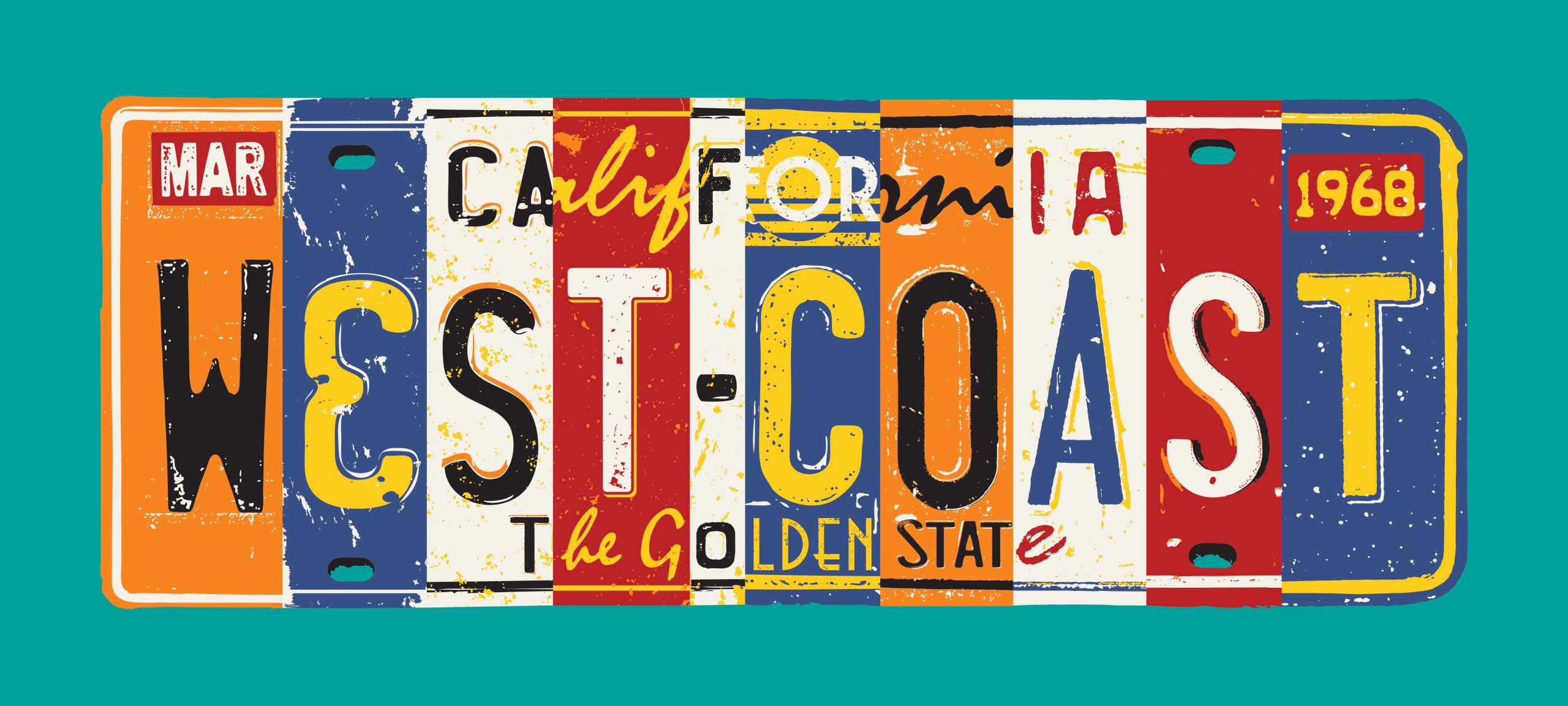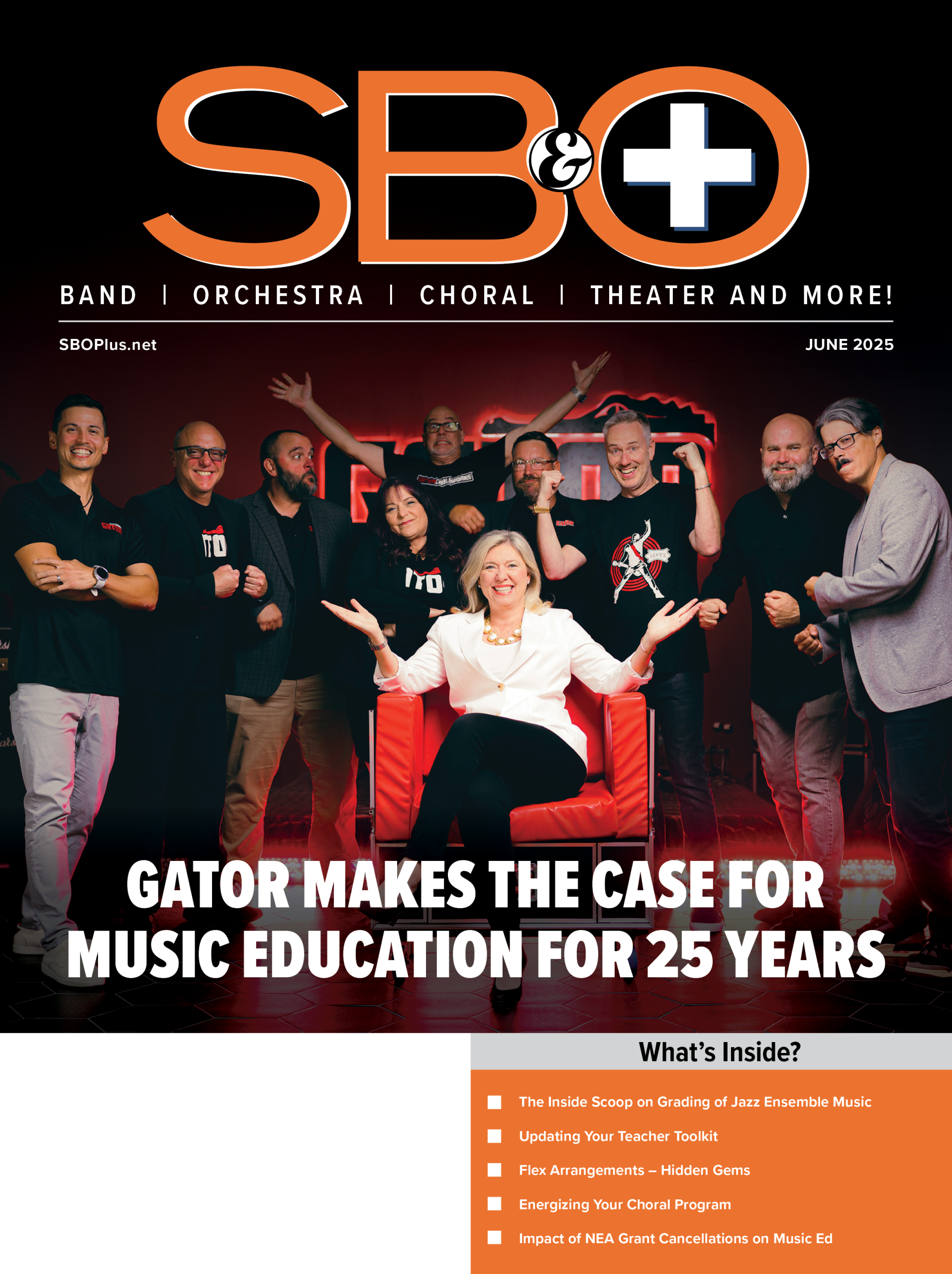Professional development tools, such as those found at www.ti-me.org, are designed to give educators the resources they need to excel through courseware that covers the gamut of music software applications. These following three landmark books vividly illustrate how technology can be used to further develop teaching skills and student output.
Using Technology To Unlock Musical Creativity
Scott Watson is the author of Using Technology To Unlock Musical Creativity: A Comprehensive Approach for Music Educators (Oxford University Press). His teaching style builds on traditional, face-to-face, K-12 and university formats, while incorporating technology through student projects.
Scott has an extraordinary track record of teaching AP Music Theory courses. For the past eight years, 90 percent of his students received college credit, an unparalleled statistic for AP tests. His book is a game-changer that nurtures and develops students’ potential for music expression and offers project-oriented instruction covering composition, improvisation, arranging, and producing music and music-related projects. I particularly like how Scott offers a variety of practical ideas for technology-based creative music activities, locating lesson plans and resources, and assessing creative work with a variety of music teaching ideas. There are detailed plans for incorporating the concepts that link to NAfME National Standards, with adaptations for grade level and technology proficiency. Outstanding are the activities designed especially for novice users with free or low-cost music applications.
Scott’s book offers fresh ways to use the technology tools that many educators already have. The creative projects he presents are both flexible and adaptable depending on grade level, available technology, and the teacher’s and students’ experience, comfort, and confidence with technology. The only prerequisite is nominal familiarity with a personal computer, but no specialized software or hardware knowledge is required. The strength of Scott’s text is how it is structured on a set of eight principles that successfully draw out student creativity.
- Allow students to share themselves.
- Offer compelling examples to imitate and inspire.
- Employ parameters and limitations that remove distractions and help students focus.
- Remove parameters and limitations that stifle creativity and lead to contrived expression.
- Facilitate improvisation.
- Engage in coaching interaction.
- Foster opportunities for feedback and critique.
- Employ performance and recital.
These concepts are especially impressive because they are supported by emerging research on creativity; they also represent cutting-edge instruction.
Using Technology to Unlock Musical Creativity is divided into two parts. Part one is based on educational philosophy and a methodical pedagogical style. Part two deals with demonstrating practical ways that today’s music technology can be a dynamic aid in unlocking the authentic musical creativity inside every student. There are nearly 30 detailed lesson plan examples to show how technology can be a vital key to unlocking creativity from within music students of all backgrounds.
A companion website has been created to further supplement the book. Visit www.oup.com/us/musicalcreativity to find links to the major web resources mentioned in the text, files to support various lesson plans, and sound and movie clip examples of most of the projects described in the book, as created by actual students.
The diverse lesson plans in the second part of the book cover topics such as creativity with keyboards, sound recording apps, multi-track music production, computer music notation, and instructional software with curriculum integration. For instance, in the chapter on computer music notation (programs like Finale, Sibelius, and Noteflight), Scott shares a lesson called “Pedal Point Duet,” in which students employ a simple pedal point in the lower part of a brief duet for two like instruments. The upper part follows some parameters such as beginning and ending on the first scale degree and following a musical contour. Teacher coaching – easy to do because of the technology – facilitates the inclusion of good writing using repletion and phrasing in the duet. For this or any activity, teachers can coach students as they work on laptops, iPads, in a computer lab, or at a small cluster of computers in the back of a room. Coaching and peer feedback may also be facilitated by projecting student work on a screen or interactive whiteboard.
“The ‘rules’ or parameters help focus the creative energy of this activity and pretty much guarantee that students will create a musically satisfying result,” says Scott. Another of his principles, employing performance or recital at the conclusion of a creative activity, could include informally going around the room having students share their work or works-in-progress, posting student products on a class website or wiki, screening a movie of student work along with popcorn and soda, or something more formal like staging a concert or recital for other classes, administrators, and/or parents. An example of this is the CD his Music Production class produces each fall, which includes student-produced winter/holiday tracks and is sold to the school community to raise money for a student-selected charity. Last year, they raised $2,500 for a local homeless shelter.
Rarely do composition and arranging books bridge the gap between technique and creativity. But in Jazz Composition and Arranging in the Digital Age, authors Richard Sussman and Michael Abene do so in a dynamic way, helping students and teachers use Sibelius and Finale to engage in composition. What distinguishes this book is that the material is presented with the idea of doing much of the creative work using notation software.
This book is organized in three sections. The five chapters in the first section provide an overview of the content being presented, as well as basic information covering the book’s philosophical, aesthetic, and musical considerations. Section two is made up of 13 chapters on writing for a small jazz ensemble of three to six horns plus a rhythm section. Most chapters contain musical examples, many of which are available as audio recordings and/or software files on the companion website. Most chapters end with music exercises and software tips illustrating the application of music notation software to the topic at hand. This section is designed to also be used as a semester-long syllabus.
The 15 chapters of section three concentrate on writing for a large jazz ensemble with eight brass, five reeds and a rhythm section. Chapter formats are similar to that of section two with many musical examples, audio recordings, and software files on the companion website, located at www.oup.com. Most chapters end with musical exercises and software tips illustrating the application of music notation software.
The publication’s extensive companion website provides listening examples for each chapter as well as enhanced software tips, appendices of basic principles and an expanded recommended listening list. This site has a wealth of resources containing information and musical examples integral to understanding the material in the book.
 Literacy, Music & Technology Connection
Literacy, Music & Technology Connection
Zig Wajler is the author of Literacy, Music & Technology Connection, released by Alfred Music Publishing. Zig is a dynamic teacher who inspires his students to surpass all expectations in generating music accomplishments. The engaging lessons in this book focus on real-world applications and create a positive learning environment for students and teachers. This results in an exciting, positive learning experience. The lessons tie together lyrics, music, and technology as learning tools in student-driven activities. Zig offers opportunities for students to create, compose, record, and produce original songs.
This book is straightforward and easy to use, no matter your technology backgrounds. The CD loop library and associated lessons are designed to guide K-12 students through the composition process. The nucleus of each lesson is organized with the T.P.A.P concept: Think, Plan, Assemble, and Produce. The Think and Plan word lessons are designed as Language Arts tools. The Assemble lessons integrate loop-based music software with music and lyrics. The Produce lessons are designed to arrange music and to prepare the students to record their voices. The software is formatted to play on a standard CD player but can be played via a computer’s media player, such as Windows Media Player or Quick Time. I like the cookbook approach of getting students engaged in music first before providing a formal curriculum.
The lesson plans provided in each chapter are outstanding. Zig explains, “I design the majority of my lesson plans by listening to student suggestions. The key here is to be an ‘active listener.’ I find this is an excellent teacher-to-student tool when reinforcing the art of listening, which lends itself directly to effective communication. The students seem to be aware of the end result of the projects we create in the classroom, such as contemporary songs, skits, adaptations of plays, not to mention all the different forms of writing (expressive, persuasive, reflective, literary, and poetry). This is one way students can make a connection outside the classroom, and somehow relate to textbook learning, not only in the music or technology class, but across the curriculum.”
Closing Comments
We are fortunate that these master teachers have made the effort to share their successful approaches. These texts are great resources for any educators who have been shy to incorporate technology. They are all uniquely different, offering proven strategies that incorporate technology in daily instruction. Yet, they all show ways to use technology tools to engage students in authentic creative musical experiences that heighten musical/aesthetic understanding. For samples and examples, be sure to visit the supplemental website to this article, online at: www.kuzmich3.com/SBO112012.html.






























